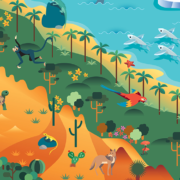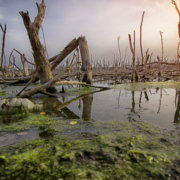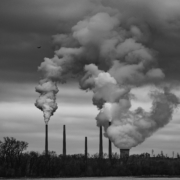Biodiversity is the diversity of life, from plants to animals to microorganisms and fungi. The more biodiverse the planet, the better. Biodiversity is important because each creature has a function within the grand scheme of things that we biologists like to refer to as their ecosystem and their biome. We can measure biodiversity by looking at how many species there are in a given area or location.
It is difficult to estimate how many species there are in total, especially if we include bacteria and fungi in the mix. So far, estimates usually sit around 10 million different animal and plant species, omitting the other kingdoms of life for now. If we include bacteria and other microorganisms then those estimates can run up to 1 trillion species. The bottom line is, we do not know, so far we have “only” identified 1.3 million species.
There are more than 300 000 species of beetles. There are more than 20 000 fish species and only around 5000 species of mammals. We mostly know the charismatic mammals because they are big, fluffy and cute. Mammals are actually the one of the least biodiverse groups of animals alive today.
We are expected to drive more than 1 million species to extinction within the foreseeable future. Not kill 1 million animals but kill every animal or plant alive of those 1 million species, leaving nothing in their place. This is a global extinction event. Some ecosystems are expected to disappear entirely. This is only based on what we know but there is more that we do not know.
Conserving and protecting biodiversity is an integral part of conserving the health of our planet, or what is left of it at this point. Each animal, plant, fungi or microorganism plays a role within their ecosystem. To give an example, crabs in mangrove ecosystems burrow in the soils among the mangrove root systems. This keeps the soil aerated and in favourable conditions for the mangroves to grow. When you remove these crabs, other animals such as mud lobsters, take their place in aerating the soils. When you take those animals away, you leave the soils unaerated. This makes it harder for mangroves to grow.
The more biodiverse an ecosystem, the more organisms there are who fulfill the same function within that ecosystem. This makes that ecosystem more stable in the face of change. What we are doing is slowly eroding nature’s ability to be resilient by driving species to extinction, leaving less and less species to fulfill and maintain necessary natural processes for ecosystems to survive.
Repeat after me… BIODIVERSITY IS IMPORTANT! Conservation is important for nature and humans. No matter how much we isolate ourselves from life, as COVID-19 has taught us, we are still connected. Each ecosystem is vital for the functioning of this planet and the life it holds. That includes us, people.
Get started today and plant some mangroves.
Some Links:
Can Genetic Engineering Save Our Planet’s Biodiversity?
How many species on Earth? Why that’s a simple question but hard to answer
Author:
Layla Olefs
Sustainability Manager and Co-Founder of White Green Blue.
Layla is on a mission to create positive impact and to spread awareness about our beautiful home. As a marine conservationist and PADI Dive Master her passion is the marine world and, of course, mangroves. She is the author of our Ecology and Culture blog series. Stephen Olefs, our Community Development Coordinator, is taking the lead in our Green Tech blog series.









